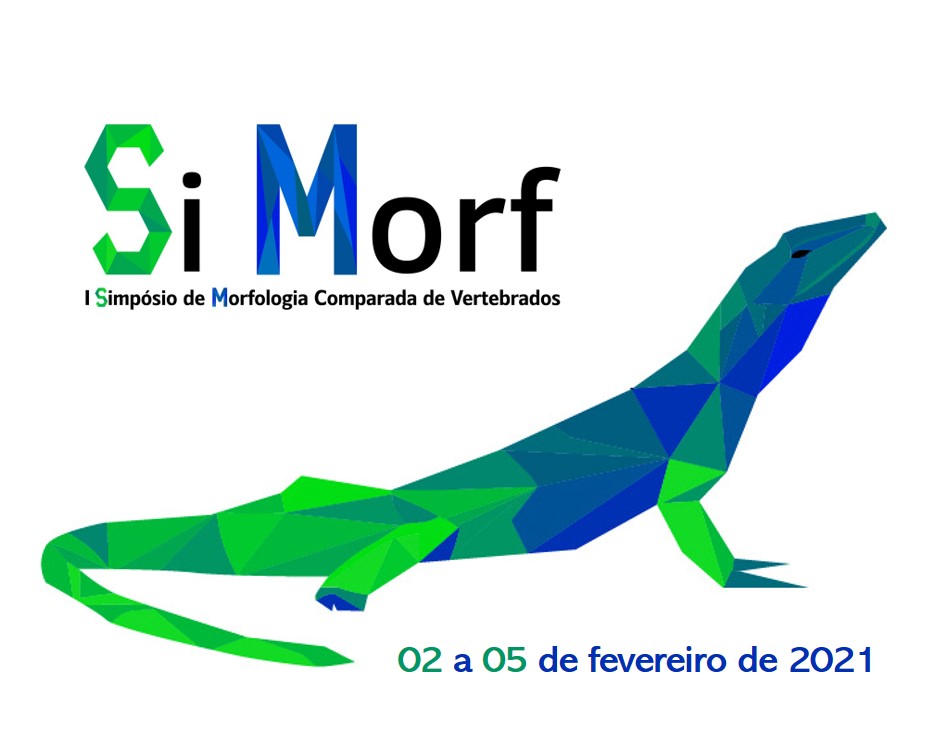Anais do I Simpósio Brasileiro de Morfologia Comparada de Vertebrados
Morphological convergence for insectivory in Akodontini rodents (Sigmodontinae, Cricetidae)
Como citar esse trabalho?
Para citar este trabalho use um dos padrões abaixo:
Como citar esse trabalho?
- Tipo de apresentação: Apresentação Oral
- Eixo temático: Morfologia funcional
- Palavras chaves: convergence; Functional morphology; Geometric morphometrics; Sigmodontinae;
- 1 Universidade Federal de Minas Gerais
Morphological convergence for insectivory in Akodontini rodents (Sigmodontinae, Cricetidae)
Rafaela Velloso Missagia
Universidade Federal de Minas Gerais
Agora você poderia compartilhar comigo suas dúvidas, observações e parabenizações
Crie um tópico- Tipo de apresentação: Apresentação Oral
- Eixo temático: Morfologia funcional
- Palavras chaves: convergence; Functional morphology; Geometric morphometrics; Sigmodontinae;
- 1 Universidade Federal de Minas Gerais
Dietary pressures are often reflected in the morphology of the cranial complex of vertebrates. Akodontini rodents present a diverse array of insectivorous species, but the morphological corollaries of this specialization have never been examined. In the present work we quantify mechanical advantages (MA) of akodontine jaws to assess their relationship to diet, and test whether it is possible to recognize functional convergence in response to insectivory by the group. Muscle in- and out-levers of the deep masseter, superficial masseter, and temporal were measured from landmarks marked on lateral digital images of 858 mandibles of 63 species of Akodontini rodents, using the 'interlmkdist’ function of the geomorph package. MA was calculated as the ratio between in‐ and out‐lever arms of each masticatory muscle. Species were classified into two diet categories (non-insectivorous and insectivorous), based on quantitative information on the proportion of items from stomach content analysis and qualitative information on primary food resources, both from the literature. We tested the convergence of the mechanical advantages of species classified as insectivorous through the convevol package in the R environment. The first two axes of the PCA plot account for 91.2% of the total variance. An overall increase of the MA seems to be ruling the distribution of points along the first axis, with insectivorous and herbivorous species at opposite extremes. The four (C1, C2, C3, and C4) measures of strength of convergence were significant (p<0.05). These results indicate a relation between functional morphology and diet in akodontines, with independent transitions into insectivory throughout the tribe’s evolutionary history.
Discussões Científicas de Qualidade
Com ~200 mil publicações revisadas por pesquisadores do mundo todo, o Galoá impulsiona cientistas na descoberta de pesquisas de ponta por meio de nossa plataforma indexada.
Confira nossos produtos e como podemos ajudá-lo a dar mais alcance para sua pesquisa:
Como citar esse proceedings?
Esse proceedings é identificado por um DOI , para usar em citações ou referências bibliográficas. Atenção: este não é um DOI para o jornal e, como tal, não pode ser usado em Lattes para identificar um trabalho específico.
Verifique o link "Como citar" na página do trabalho, para ver como citar corretamente o artigo


